Spotlight #80 – Becoming visible – non-timber forest products and a sustainable economy
Spotlight #80 – Becoming visible – non-timber forest products and a sustainable economy
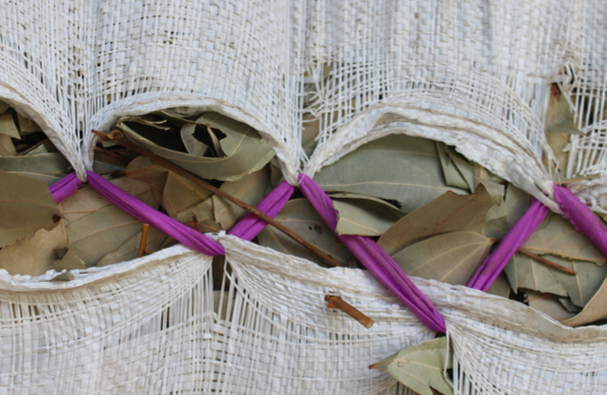
One positive and largely overlooked outcome of the current coronavirus could be a stronger bioeconomy.
“I think the pandemic is going to spur the bioeconomy,” said Dr. James Chamberlain of the United States Forest Service, Southern Research Station in Blacksburg, Virginia, and Coordinator of IUFRO’s Unlocking the Bioeconomy and Non-Timber Forest Products Task Force.
Read more…Ghana: communication with stakeholders helps to keep them engaged and active in forest restoration projects
Inside the forest. Wind blows. Leaves dance in synchronized movement. Joy with the result of protecting and restoring degraded forests.
“I was directly involved in the land preparation, planting, and maintenance of the trees together with crops,” said one of the female farmer participants of the forest landscape restoration (FLR) project in Ghana.

IUFRO Spotlight #67 – Tapping the potential of restoring disturbed tropical forests
IUFRO Spotlight #67 – Tapping the potential of restoring disturbed tropical forests
Since the 1980s most deforestation globally has occurred in tropical countries – Africa, South America and Asia. The high rate of deforestation and degradation contributes to the disappearance of 13 million hectares of tropical forests each year.
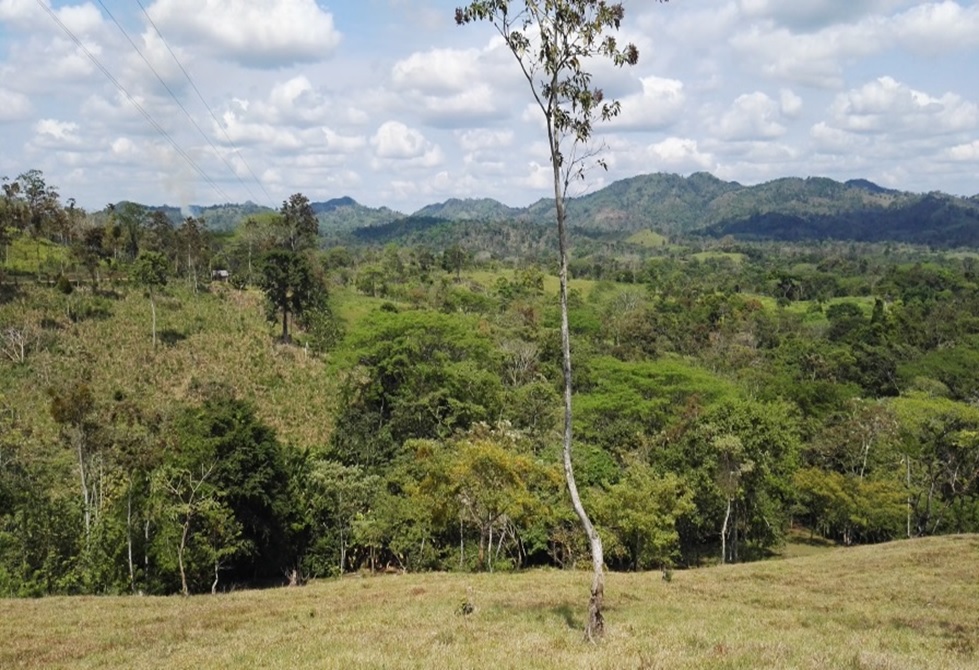
Spotlight #63 – What’s in the future for Non-Timber Forest Products?
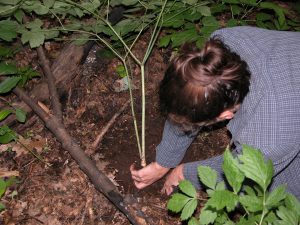
The roots of many forest plants are harvested for their medicinal values. Changes in climate and lack of management may imperil their long-term sustainability and the people who depend on them. Photo credit: James Chamberlain, USDA Forest Service.
The Forest Service of the U.S. Department of Agriculture has recently published “…the most comprehensive assessment covering the production and management of non-timber forest products (NTFPs) and resources – as well as the cultural, social, economic, and policy dynamics that affect them.” The assessment covers every state in the U.S.
But the findings can be utilized far beyond the U.S. borders. Read more…
Agroforestry – Tradition and Innovation
Session B-05 (26): Approaches for Sustaining Agroforestry Systems and Practice in Asia and Oceania
Moderator: Swoyambhu Man Amatya, Coordinator IUFRO Division 1.04.00, Ministry of Forests and Soil Conservation, Nepal
Wednesday, 26th of October 2016, 10:30-12:30 (301 B)
Find more information on the IUFRO Division 1.04.00 Agroforestry at:
http://www.iufro.org/science/divisions/division-1/10000/10400/
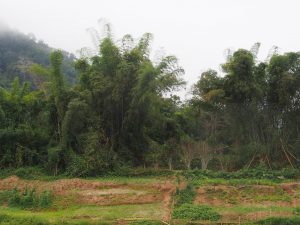
Agroforestry area in Laos. Photo: Renate Prüller, IUFRO Headquarters
While undernourishment decreased globally, agriculture has intensified. Agroforestry systems are believed to reduce negative impacts of farming, by enhancing ecosystem services without hindering the yield of farmers. This session explored agroforestry systems currently used in Asia and Oceania as well as the potential role of agroforestry in securing food, livelihoods and mitigation of climate change effects. Read more…
Congress Spotlight #21 – The forest pharmacy and food store
The forest pharmacy and food store
Sometimes, they say, you can’t see the forest for the trees.
And one group of sub-plenary session organizers for the upcoming IUFRO World Congress in Salt Lake City might amend that to read: “Sometimes you can’t see the forest for anything but the timber value in the trees.”
The organizers – Hannu Raitio and Tuija Sievänen of the Finnish Forest Research Institute; James Chamberlain of the U.S. Forest Service; and Carsten Smith-Hall of Denmark’s University of Copenhagen, will present a session entitled: The value and challenges of integrating food and medicinal forest products into forest management.
IUFRO Spotlight #8 – Combatting Climate Change Comprehensively
Combatting Climate Change Comprehensively
By Ben Chikamai (Kenya Forestry Research Institute)
IUFRO Board Member, Kenya
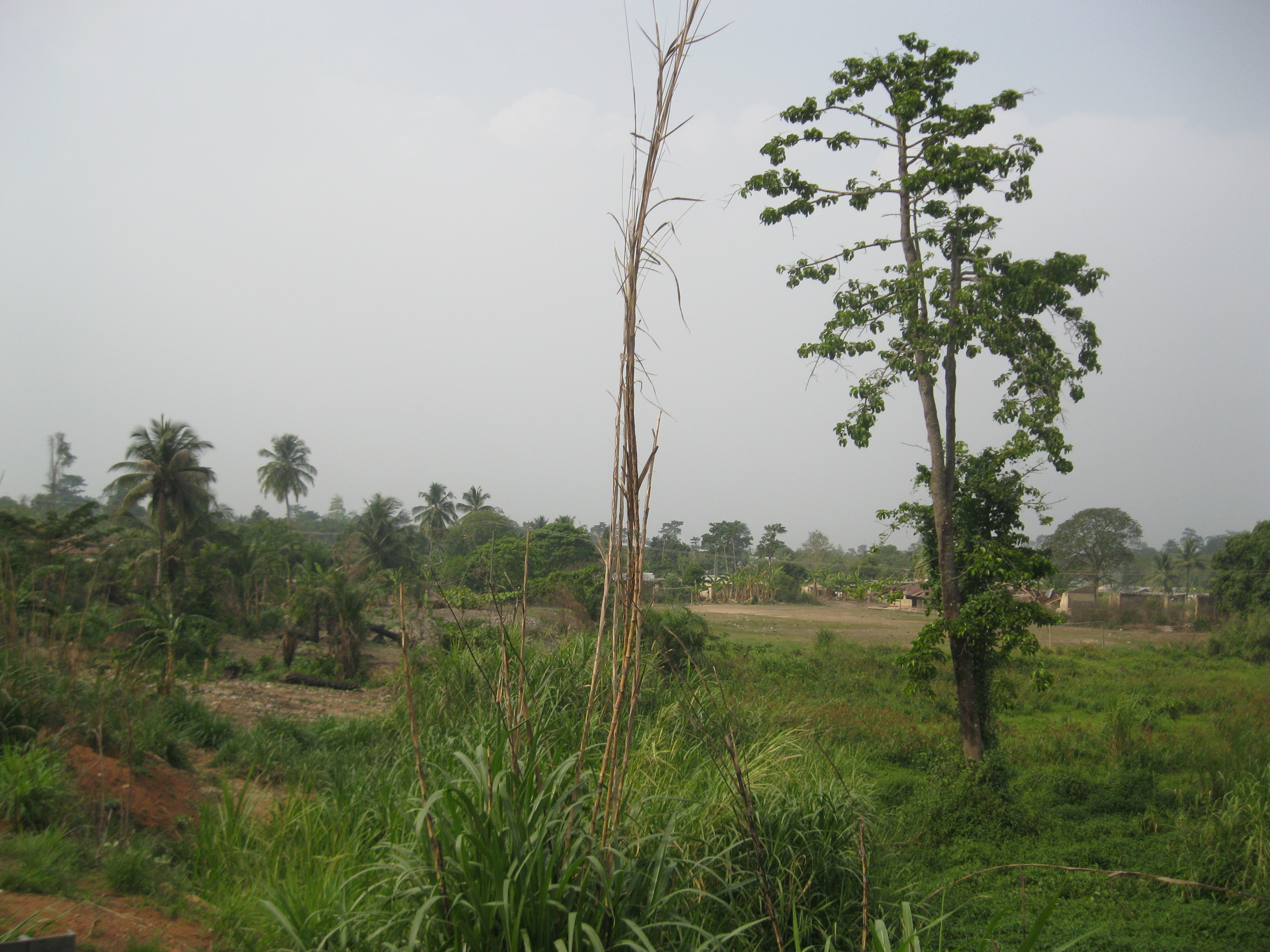
Degraded forest landscape in the Offinso District, Ghana. The original high forest cover has been modified through over-exploitation of wood resources, agriculture activities, and establishment of human settlements. (Photo by Ernest Foli, FORNESSA)
African forest policy makers and governments could benefit by using a recent study as a template to help bring climate change adaptation into the mainstream of national development strategies.
The study, conducted in two forest-dependent areas in Africa, emphasizes cross-sectoral planning – recognizing and incorporating interacting priorities, such as agriculture, health, forestry, land-use planning, water resources, energy, education, etc. – as a key element in implementing any effective climate change adaptation strategy.
Forests can play an important role in achieving climate change adaptation goals in Africa. But sustainable forest management decisions alone can’t accomplish that. Policy decisions – for forests as well as other resource areas – must complement one another. At present, impacts from some of those other sectors may actually be threatening the forests.
There are a number of pressures on Africa’s forests – agricultural expansion and forest over-use among them. Reducing non-climatic pressures, in a logical, prioritized manner, can help reduce the vulnerability of forest ecosystems. That’s crucial because many people in Africa are highly dependent on forest goods and services. Those people are, and will continue to be, particularly vulnerable to the impacts of climate change. Improving the capability of forest dependent communities to adapt to a changing climate will reduce that vulnerability.
The study: Enhancing Adaptation of Forests and People in Africa – Development of Pilot Cases for Selected Forest Ecosystems in Ghana and Malawi, examined forest issues related to climate change in selected areas of those countries. The authors, E.G. Foli and S. Makungwa, worked in those specific areas because they represent typical examples of the ecological and socio-economic situation prevalent in Sub-Saharan Africa, so the findings could also be applied to countries in West, Central, Southern, and parts of East, Africa.
Among other findings, the study confirmed a general trend of increasing mean annual temperatures and a decline in mean annual rainfall. In the Ghana pilot area this has resulted in forest loss due to wildfire; a decline in the availability of non-timber forest products; reductions in agricultural crop yields; and declining potable water supplies and the associated risk of water-borne diseases. In the Lake Chilwa area of Malawi, in addition to declining potable water supply and its associated disease risks, there has also been poor productivity on tree farms; loss of indigenous trees in communal areas, riverbanks and surrounding forest reserves; a decline in agricultural productivity; and declining fish catch from the lake.
While the study noted how changing climatic conditions can adversely affect livelihoods, health and food security in those communities, it also noted examples of locally initiated adaptation strategies developed to mitigate the impacts of the changing climate. By compiling existing information, including the needs of stakeholders in the various inter-related resource areas, consulting with local communities and assessing and evaluating each project site, enhanced and concrete adaptation measures for the pilot areas were developed.
Then, a priority setting exercise was carried out to identify appropriate and relevant adaptation strategies and activities that would best serve the communities. Similar techniques could be used across a much wider area, the authors say, but that will require political will, financial commitment, and an integrated multi-sectoral – even trans-national – approach. It’s a challenge, they agree, but one that must be faced.
The full study can be found at: http://www.fornis.net/content/enhancing-adaptation-forests-and-people-africa-development-pilot-cases-selected-forest-ecosy

